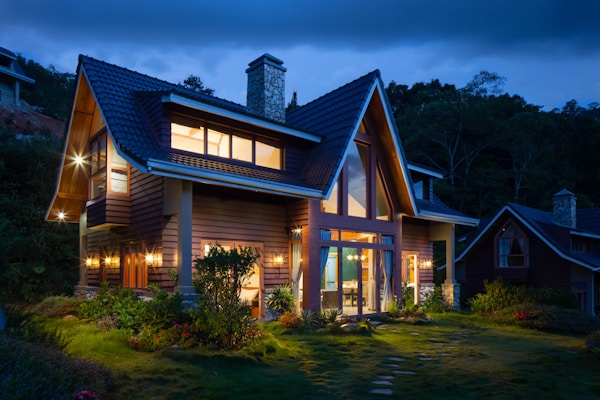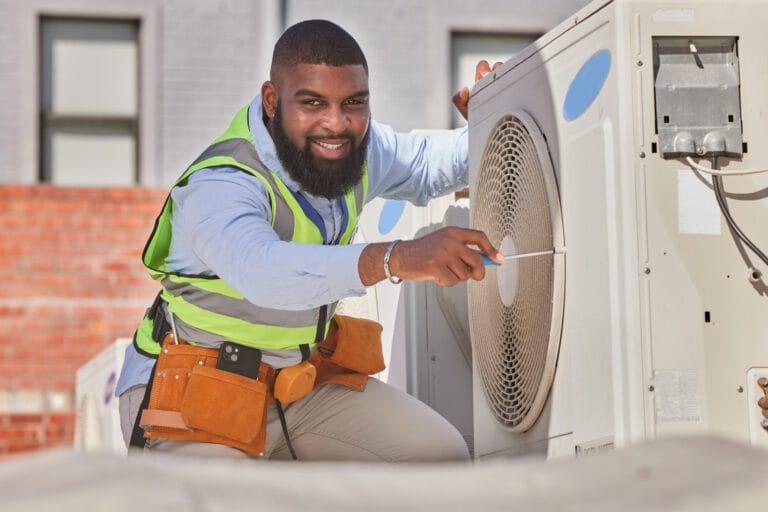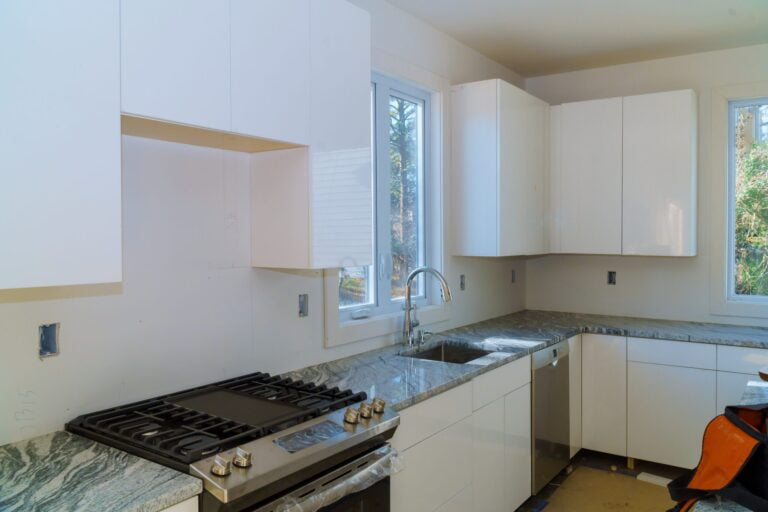There is no doubt that it is essential for your home to be a safe place for you and your family to live in. You want to take all of the necessary precautions to protect yourself and your loved ones from any potential dangers. By taking the time to make your home protected from major threats, you can make sure that it is in good condition and up to code. A home with excellent safety features can reduce the risk of accidents and increase your chance of being covered by insurance in the event of an emergency. It can even boost the overall value of your property. If you want to learn more, keep reading to find out how to ensure your home is a safe place to live.
How can you ensure your home is a safe place to live?

We all drink water at home every single day, which is why residential water systems are a smart investment for homeowners. Not only will a residential water treatment system improve the quality of your water, but it can save you money in the long run. A water treatment system can get rid of contaminants like chlorine, lead, and mercury, as well as improve the taste and smell of your water, making it more enjoyable to drink. By removing contaminants from your water, you also won’t need to use as much water to achieve the desired results, which will lower your monthly water bills.
Upgrading your home’s electrical system is another way to make it much safer. Older homes may have wiring that is not up to code, which can lead to fires and other safety hazards. Having a technician update your electrical system can also make your home more energy-efficient, which can save you money on your energy bills. Talk to an experienced electrician, like this electrician in Laguna Beach, to set up a consultation. They can inspect your home and your system and make recommendations as to what you can do to improve it and protect your home from avoidable problems.
The truth is that there are many potential hazards in a home that can cause serious injury or death. The best way to ensure your home is safe for you and your family is to inspect it for potential hazards. This includes checking for any unsafe conditions around the house such as exposed wires, cluttered walkways, and chemical containers left lying around.
What else can you do to improve your home environment?

Now that you know about some concrete steps you can take to make your home safer, let’s talk about what you can do to ensure you have a healthy home environment. For example, many homeowners don’t think much about their indoor air quality, but they should. Indoor air pollution has been linked to health conditions like emphysema, coronary artery disease, respiratory infections, and strokes. You can improve your indoor air quality by using a vacuum with a HEPA filter, cleaning more often, and purchasing an air purifier to remove contaminants from the air.
The products you use in your home have an impact on the health of the environment too. That’s why you should avoid using products that contain volatile organic compounds (VOCs). VOCs are released as gases and can easily be inhaled. They can cause a number of health problems, including breathing difficulties, headaches, nausea, and dizziness. Some of the most common sources of VOCs include paints, solvents, air fresheners, cleaning products, and personal care products. Try to find products marked as low-VOC or zero-VOC.
A home should be a safe haven for you and your family, but sometimes homes can harbor hidden dangers. It is crucial for homeowners to ensure their home is protected. This means taking steps to prevent accidents and injuries from happening, as well as being prepared in case of an emergency. Some options to consider include installing a residential water treatment system, upgrading your electrical system, and evaluating potential hazards. You should also consider purchasing an air purifier and avoiding the use of products that contain VOCs. By following the tips in this guide, you can create a safe and secure home for you and your family.






